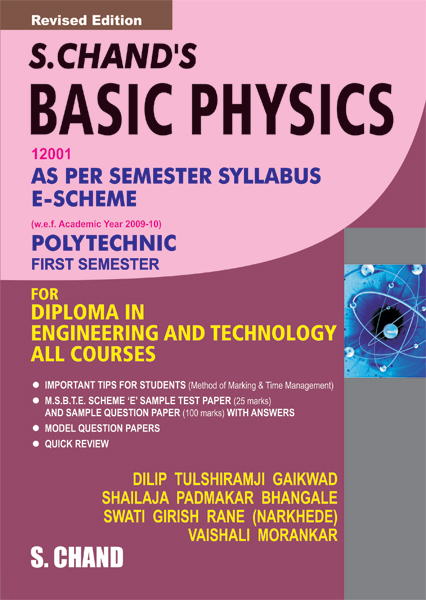Basic Laser Physics Pdf Textbook
Ancient is evident in monuments like the from the. Is the oldest of the. The earliest civilizations dating back to beyond 3000 BCE, such as the,, and the, all had a predictive knowledge and a basic understanding of the motions of the,, and. The stars and planets were often a target of worship, believed to represent their gods. While the explanations for these phenomena were often unscientific and lacking in evidence, these early observations laid the foundation for later astronomy. According to, the origins of astronomy can be found in, and all Western efforts in the are descended from late.
Left monuments showing knowledge of the constellations and the motions of the celestial bodies, while wrote of various celestial objects in his and; later provided names, which are still used today, for most constellations visible from the. Natural philosophy. The basic way a pinhole camera works had inherited from the Greeks and during the developed it further, especially placing emphasis on observation and a priori reasoning, developing early forms of the. The most notable innovations were in the field of optics and vision, which came from the works of many scientists like,,, and. The most notable work was (also known as Kitāb al-Manāẓir), written by Ibn al-Haytham, in which he was not only the first to disprove the ancient Greek idea about vision, but also came up with a new theory. In the book, he was also the first to study the phenomenon of the (his thousand-year-old version of the ) and delved further into the way the eye itself works. Using dissections and the knowledge of previous scholars, he was able to begin to explain how light enters the eye.
He asserted that the light ray is focused, but the actual explanation of how light projected to the back of the eye had to wait until 1604. His Treatise on Light explained the world's first camera obscura, hundreds of years before the modern development of photography. Ibn al-Haytham (c. 1040), Book of Optics Book I, [6.85], [6.86]. Book II, [3.80] describes his camera obscura experiments The seven-volume Book of Optics ( Kitab al-Manathir) hugely influenced thinking across disciplines from the theory of visual perception to the nature of perspective in medieval art, in both the East and the West, for more than 600 years.

Many later European scholars and fellow polymaths, from and to, and, were in his debt. Indeed, the influence of Ibn al-Haytham's Optics ranks alongside that of Newton's work of the same title, published 700 years later. The translation of The Book of Optics had a huge impact on Europe. From it, later European scholars were able to build devices that replicated those Ibn al-Haytham had built, and understand the way light works. From this, such important things as eyeglasses, magnifying glasses, telescopes, and cameras were developed.
Classical physics. (1643–1727), whose and were major milestones in classical physics Physics became a separate science when used experimental and quantitative methods to discover what are now considered to be the. [ ] Major developments in this period include the replacement of the of the with the heliocentric, the determined by between 1609 and 1619, pioneering work on and by in the 16th and 17th Centuries, and 's discovery and unification of the and that would come to bear his name. Newton also developed, the mathematical study of change, which provided new mathematical methods for solving physical problems. The discovery of new laws in,, and resulted from greater research efforts during the as energy needs increased. Download Nvq Level 3 Electrical Installation 2357na. The laws comprising classical physics remain very widely used for objects on everyday scales travelling at non-relativistic speeds, since they provide a very close approximation in such situations, and theories such as and the simplify to their classical equivalents at such scales. Europe In The Twentieth Century Paxton Pdf Printer more. Rossing Science Of Sound Pdf Printer. However, inaccuracies in classical mechanics for very small objects and very high velocities led to the development of modern physics in the 20th century.